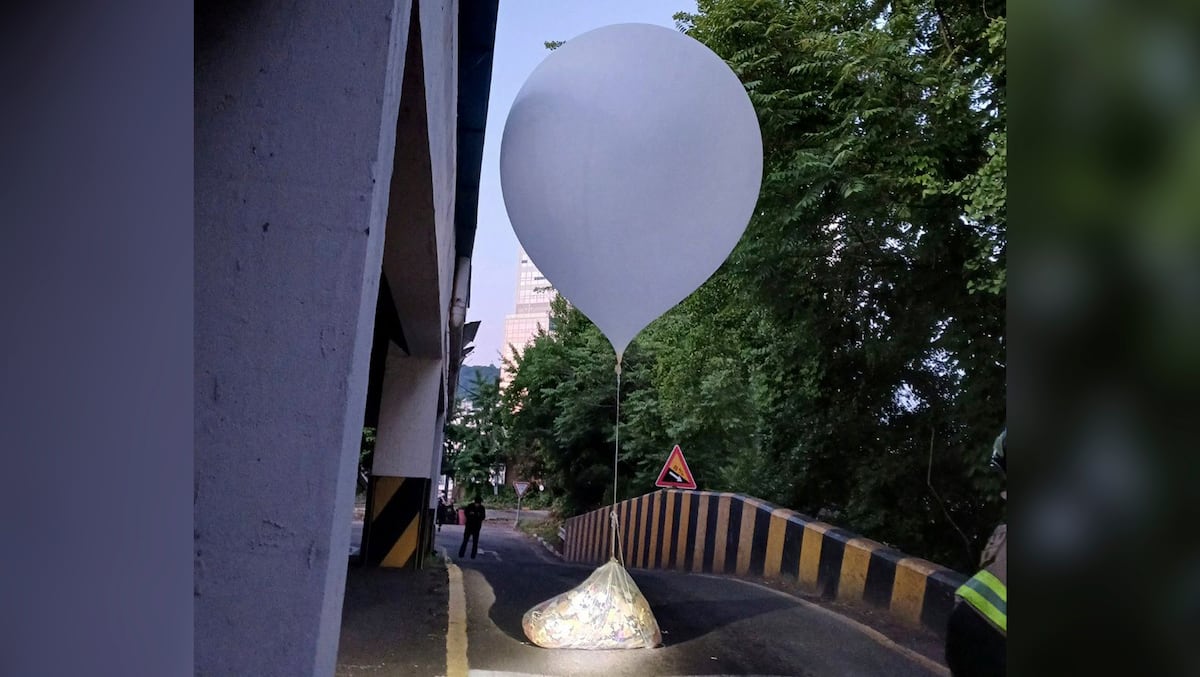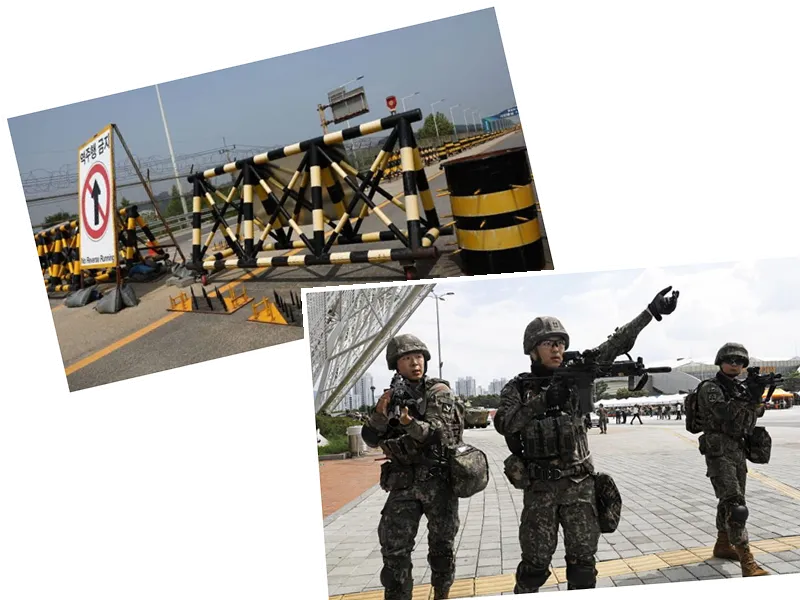Tensions have once again flared between North and South Korea as both nations engage in a war of propaganda through balloons. North Korea launched nearly a thousand balloons carrying various forms of garbage into South Korean territories between Wednesday and Sunday of last week. The provocative move aimed at the South did not deter South Korean activist groups, who responded by sending information balloons across the border against Kim Jong-un's regime.
In particular, Fighters for a Free North Korea (FFFNK) reported on Thursday that they dispatched a dozen large plastic aerostats towards North Korea. These balloons carried 200,000 leaflets criticizing the North Korean supreme leader, 5,000 USB flash drives loaded with South Korean music files including K-pop and trot, K-dramas, and 2,000 one-dollar bills. The balloons crossed the border without any immediate response from Pyongyang, though possible counteractions such as ballistic missile launches or additional garbage balloons are anticipated.
The escalation of the 'tit for tat' campaign began earlier this month when Park Sang-hak, a North Korean defector and head of FFFNK, sent 300,000 leaflets urging North Koreans to rise against their dictatorship. In response, Pyongyang released around 3,500 balloons carrying 15 tons of assorted waste, marking the largest number of such balloons sent historically. South Korean authorities reported finding about a thousand of these balloons within their territory.
On Thursday, Park Sang-hak posed with a provocative sign featuring the images of Kim Jong-un and his sister Kim Yo-jong, alongside a message blaming them for sending 'filth and garbage' while vowing to send 'truth and love' in return to North Koreans. South Korean President Yoon Suk-yeol echoed this sentiment in a Memorial Day speech, condemning North Korea’s actions as 'despicable provocations' and urging for stronger military preparations to ensure national security.
The two Koreas remain technically at war since the Korean War ended with an armistice, not a peace treaty, in 1953. Current tensions are further exacerbated by North Korean attempts to jam South Korea’s GPS signals and simulate nuclear attacks. In retaliation, Seoul has suspended the 2018 inter-Korean pact aimed at reducing border tensions and plans to resume artillery exercises near the Military Demarcation Line and northwestern border islands.
South Korean activists, undaunted by the government ban on such activities, vow to continue their efforts. Park recalled how similar balloons provided him a glimpse into the outside world when he was a child in North Korea, inspiring his mission to send materials back to his homeland. These materials, including information about the Kim family and the economic advancements in South Korea, are intended to enlighten and encourage North Korean residents.
While the activities have undoubtedly exacerbated inter-Korean relations, South Korean residents near the border express growing concerns. The renewed hostilities bring back memories of past conflicts and raise fears of another potential war.
In light of the rising tensions, both nations appear resolute in their stances. Pyongyang warns of greater provocations if balloon propaganda continues, while Seoul prepares to bolster its defenses and countermeasures, deepening the ongoing conflict.
- The activist group Fighters for a Free North Korea (FFFNK) has been operational for years, sending balloons carrying items banned in North Korea such as food, medicine, radios, and propaganda leaflets. This persistence is part of a broader effort to subvert the North Korean regime and inform its citizens about the outside world.
- North Korean defector Park Sang-hak emphasizes the symbolic value of these balloons. When he fled North Korea and arrived in South Korea in 2000, he began his mission in 2006 driven by the inspiration these balloons once provided him.
- Pyongyang’s response showcases its determination to maintain control over the information flow to its citizens. The North Korean regime perceives foreign materials and propaganda as significant threats capable of undermining its authority.
- Relations between the two Koreas are complex, influenced by historical, political, and social dimensions. Despite periodic moments of diplomatic engagement, underlying tensions remain, often erupting into provocations and counter-provocations.
- Neighboring countries and the international community watch closely as these developments unfold. This balloon campaign is part of a larger narrative of ongoing strife and efforts for potential reconciliation amidst geopolitical challenges.






